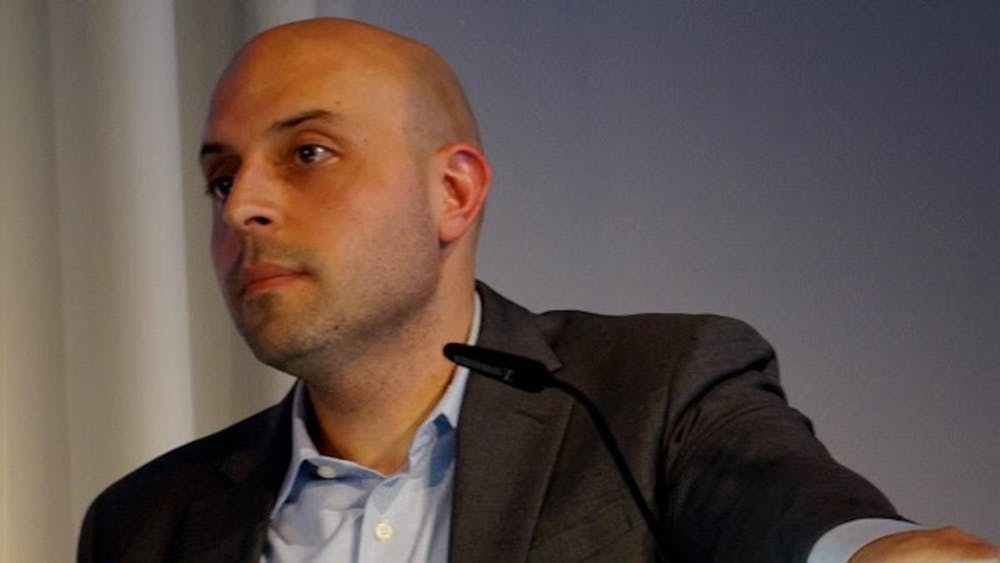Language is one of the most fundamental aspects of a culture. Siddhartha Gautama, “The Buddha,” famously said, “Words have the power to both destroy and heal.” This statement is exceptionally true; language has been famously cohesive as well as infamously divisive throughout history. Many a war has been fought to “unite” speakers of the same language. Language has real impacts on realpolitik. America’s quarter-millennium of history especially highlights the cultural importance of language.
Most modern nation-states have centuries, if not millennia, of shared history to conjure together images of a glorious past. These glorious pasts more often than not also include a shared national language. The People’s Republic of China was formed in 1949, but it assumed a shared culture dating back to the Xia dynasty over four millennia ago. Similarly, the Islamic Republic of Iran was “born” in 1979, but it is the successor to humanity’s earliest civilizations dating back over 12 millennia. While the current incarnations of China and Iran are both less than a century old, they inherited shared languages which developed over millennia. These languages are not simply just a point of pride, but a great unifying factor for these nations. The United States may be one of the world’s older nation-states, but it’s indisputably one of the world’s younger cultures. The oldest European settlement in the 13 colonies was Jamestown, which was founded in 1607 and was only 169 years old at the time of America’s independence from Great Britain. America had little time to develop a language of its own, so it was forced to “borrow” languages from abroad.
As the fledgling American republic grew, the desire to establish a shared national identity intensified. Despite the importance of language, the Founding Fathers avoided choosing a single language as America’s de jure national language. However, largely due to the British colonial legacy, the English language became the nation’s de facto language. The English language has never had, and still lacks, legal standing in the United States.
Interestingly, the first American-born president was also the only president to speak English as a second language. Martin Van Buren was born in upstate New York in 1782, five years after America’s independence. All previous presidents were British colonial subjects at birth. Van Buren grew up speaking Dutch on his family’s farm and only learned English as an academic language in school. After all, New York was originally New Amsterdam. Van Buren’s wife Hannah, who grew up in the same New York Dutch community, never lost her Dutch accent when speaking English. Only recently was Hannah Van Buren joined by another English-as-a-second-language First Lady, Melania Trump.
Due to the sheer size of America, there are many demographic quirks. America is the world’s largest English speaking nation with over 280 million English speakers. The United States’ English speaking population dwarfs the United Kingdom’s 60 million. Admittedly, this is entirely a numbers game, but makes the fact no less striking. The United States is more “English” than the United Kingdom. Due to America’s growing Hispanic population, a similar phenomenon is occurring with the Spanish language and Spain. According to the London-based Guardian, the United States is now the world’s second largest Spanish speaking nation after Mexico when accounting for second-language Spanish speakers. The United States is now also more “Spanish” than Spain.
When considering the growth of Spanish in America, it is important to remember that many of America’s Spanish speakers didn’t migrate to the country, but instead the borders “moved,” and where they lived became part of America. Through the Mexican-American War and the Spanish-American War, the United States voraciously annexed Spanish-speaking territories. It should be no surprise that the majority of America’s Spanish speakers live in the four states bordering Mexico which were once part of Mexico: California, Arizona, New Mexico and Texas. The oldest continuously inhabited European settlement in modern-day America is St. Augustine, Florida, which was founded by the Spanish in 1565. Forty-two of America’s 50 states were “discovered” by the Spanish. Spain has arguably as much, if not more, of a claim to the “discovery” of the United States as England does.
American English has plagiarized from indigenous languages to refer to the flora and fauna unique to North America; squash, opossum and moose are all originally Algonquin words. American English has also borrowed extensively from its immigrant communities. The word “cookie” entered American English from Dutch. That is why pieces of sweet, round baked dough in all other English speaking nations is known as “biscuits.” The only exception to this rule is America’s 51st state, Canada, which uses also uses the word “cookie.”
Language is one of the most enduring elements of a cohesive national identity. America’s multiethnic melting pot adopted its lingua franca from abroad, to bridge the hundreds of languages spoken by its people. As time passes, this lingua franca is slowly developing into its own distinct language. So while today America is more “English” than England and more “Spanish” than Spain, one day we very well might be speaking American.
Paul Kozhipatt is a senior studying political science and IT management from Long Island, New York. He can be reached at pkozhipa@nd.edu













